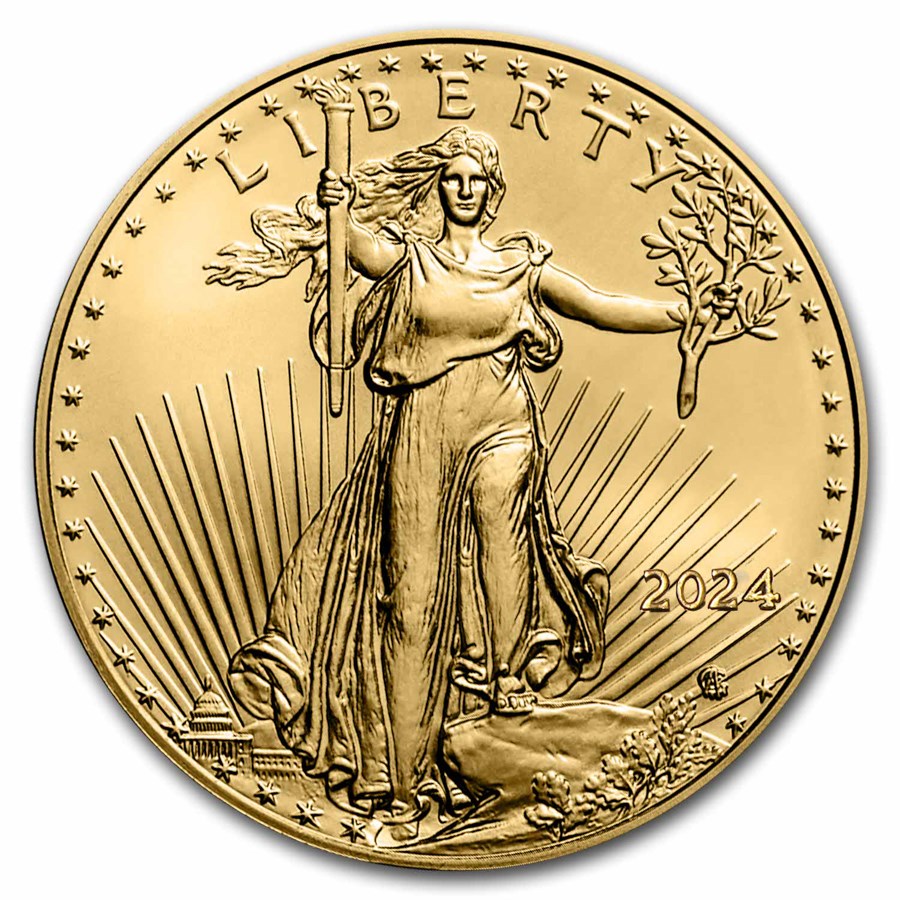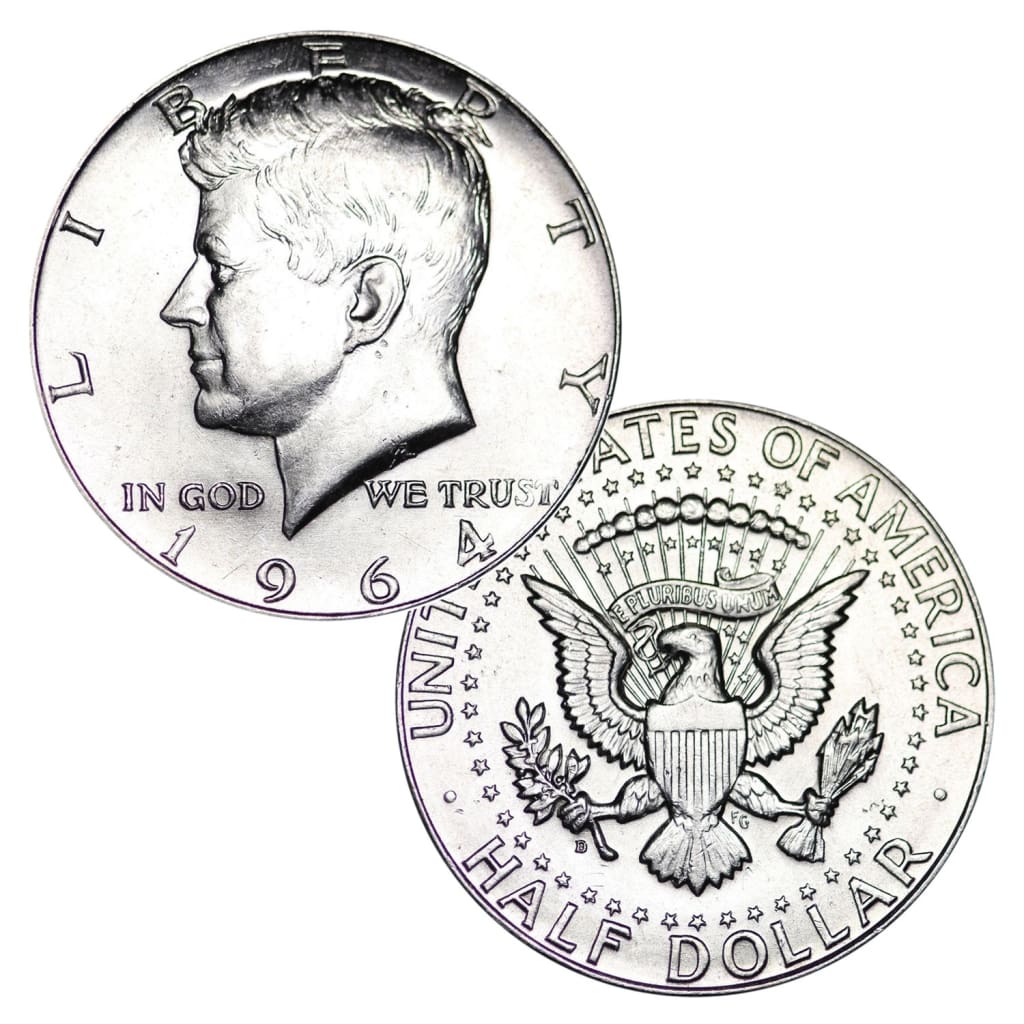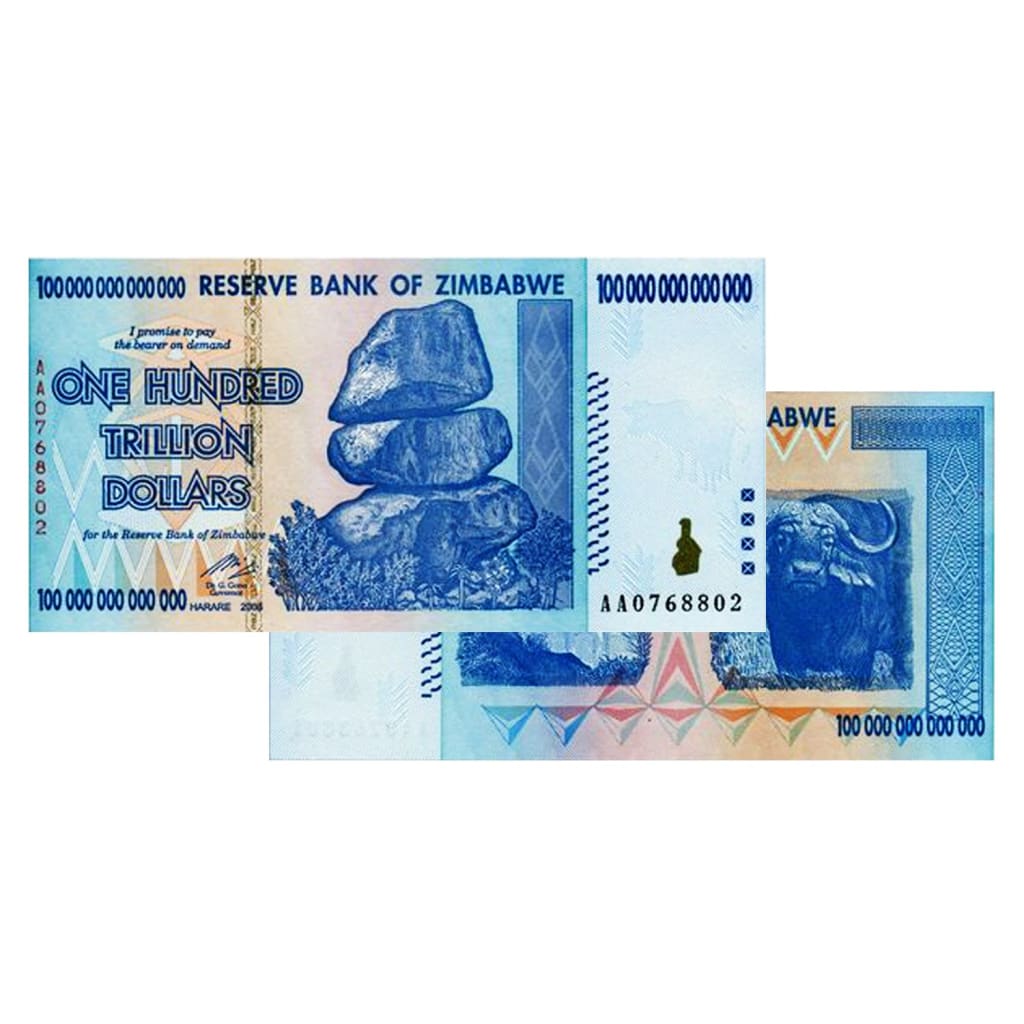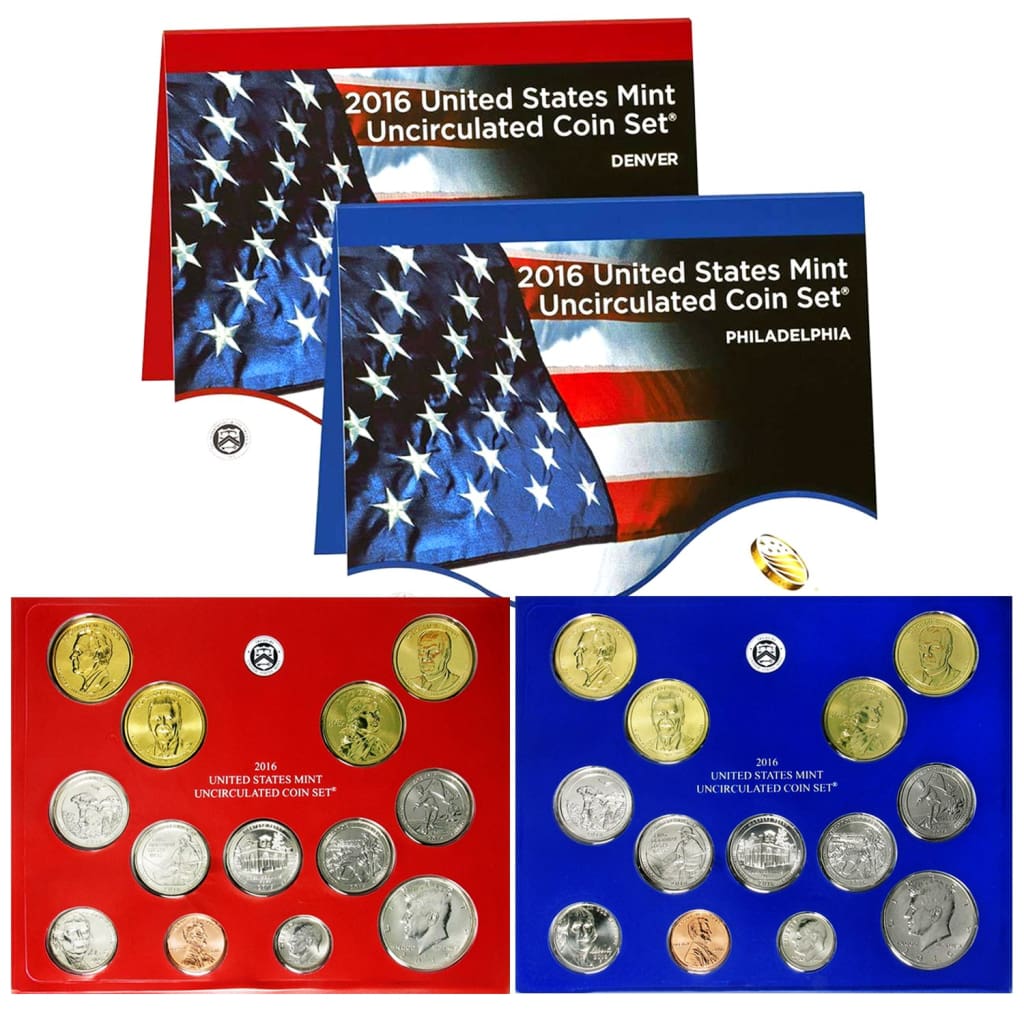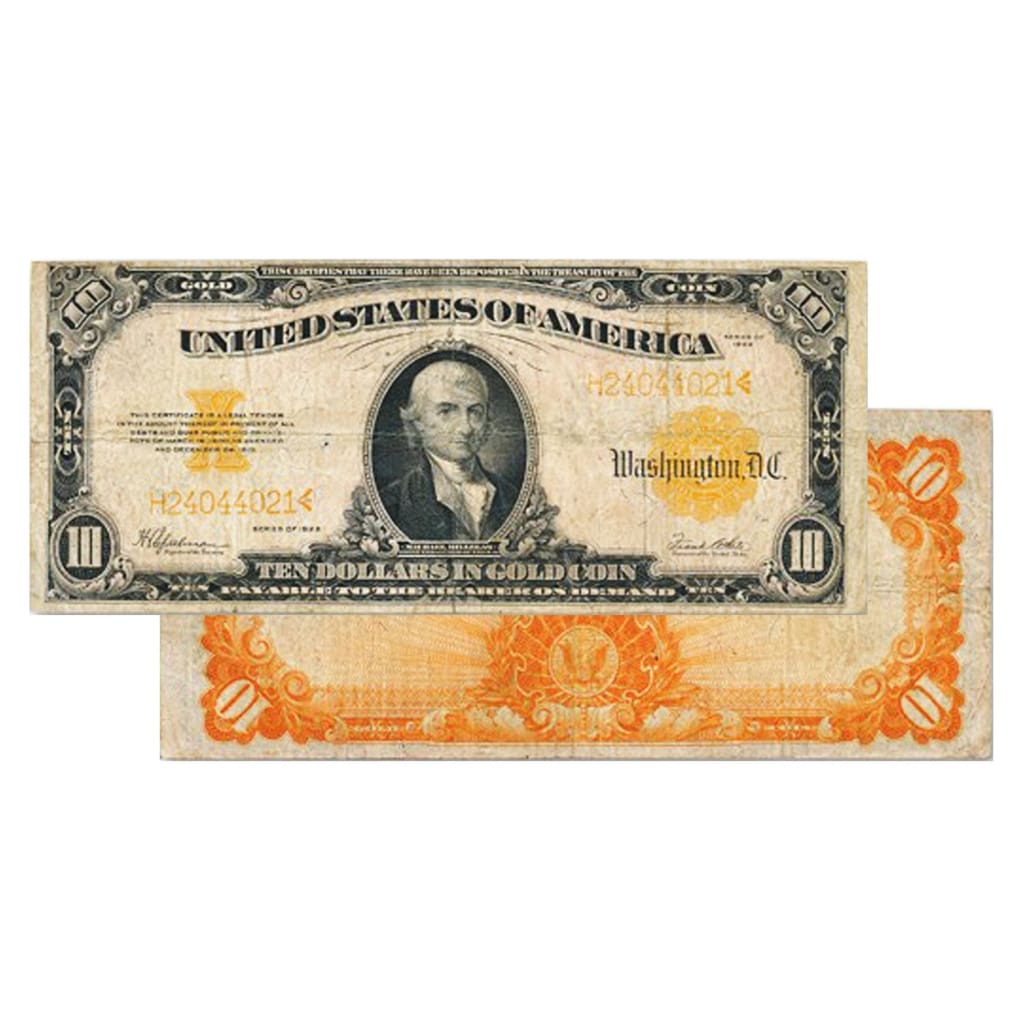The Barber Dime (1892-1916)
The Barber Dime takes its name from its designer, Charles E. Barber, Chief Engraver of the U.S. Mint from 1879 to 1917. His design was used on the quarter and half dollar during the same time period.
The Barber Dime continued the tradition of having Liberty depicted on the obverse (face) of the coin. In Barber’s design, a bust of Liberty is shown in profile looking right wearing a Phrygian cap and a laurel wreath tied with a ribbon. Because of this, the coin is also referred to as the “Liberty Head” dime. The wreath is inscribed with the word Liberty in caps. The head is surrounded by “United States of America” in caps and the date is at the bottom. On the reverse, the words One Dime are surrounded by the wreath of wheat, corn and maple and oak leaves carried over from the Seated Liberty Dime with the mint mark below it.
(Photo Credit: "NNC-US-1892-10C-Barber Dime" by US Mint (coin), National Numismatic Collection (photograph by Jaclyn Nash) - National Numismatic Collection, National Museum of American History. Licensed under Public Domain via Commons - https://commons.wikimedia.org/wiki/File:NNC-US-1892-10C-Barber_Dime.jpg#/media/File:NNC-US-1892-10C-Barber_Dime.jpg)
The 1894-S Barber Dime is one of the rarest coins. Only 24 were minted and only 9 are known to still exist. Other Barber Dimes were produced at all four of the mints that operated during the period.
Mid-20th Century Dimes
Winged Liberty Head ("Mercury") Dime (1916–1945)
While it’s often referred to as a “Mercury” dime, that’s actually a misnomer. That isn’t the Roman messenger pictured, but our old friend Lady Liberty. What throws people off is that Liberty is wearing a Phrygian cap with wings on it, intended to symbolize freedom of thought.
The reverse shows a fasces, a Roman symbol of power consisting of a bundle of rods with an axe in the middle. Although the symbol was adopted later by the Italian Fascist Party, it was in common use in the U.S. at the time of the coin’s design and carried no stigma. The fasces is surrounded by an olive branch. First produced in the early days of World War I, the design is meant to show America’s desire for peace, but its readiness to fight.
The Winged Liberty dime had the same composition (90/10) and size (17.9 mm) as the Barber dime. The 1916-D Winged Liberty Dime is highly sought because the majority of dimes made in Denver that year still carried the Barber design. As a result, many 1916 Philadelphia dimes (with no mint mark) have been counterfeited with a Denver mint mark added. Since no dimes were produced in 1922, coins with that date stamp are also counterfeit.
Many coins in the Winged Liberty series have defects that add to their collectible value ranging from missing bands on the fasces to over-stamped dates on 1941-42 coins made at Philadelphia and Denver. The Winged Liberty Head dime is considered by many to be one of the most beautiful U.S. coin designs.
The Modern Dime
Franklin D. Roosevelt Dime (1946–present)
Following his death in 1945, legislation was introduced to replace the Winged Liberty dime with one bearing the late president’s likeness. The dime was chosen because of Roosevelt’s efforts on behalf of the fight against polio, a disease he suffered from, and its fundraising program, The March of Dimes.
| |
|
|
|
|
Images: U.S. Mint
https://www.usmint.gov/mint_programs/circulatingCoins/?action=CircDime
The coin was rushed into production so it could be introduced on January 30, 1946, what would have been Roosevelt’s 64th birthday. Its obverse features a bust of Roosevelt facing left with the inscriptions Liberty along the left edge and In God We Trust below his chin. The date is below Roosevelt’s head to the right of the coin. The mint mark was on the back to the left of the torch through 1964 and moved to the coin’s face above the date in 1968. The reverse has a torch symbolizing liberty, an olive branch on the left representing peace, and an oak branch to the right signifying strength and independence. United States of America is inscribed along the top. E Pluribus Unum, the national motto, runs through the torch and branches, and One Dime is inscribed on the bottom, all in caps.
The Coinage Act of 1965 removed silver content from U.S. coins in favor of a copper-nickel sandwich that gave coins a similar mass and electromagnetic properties to earlier coins, important for use in vending machines. This led to hoarding of silver coins, which have largely disappeared from circulation.
Roosevelt dimes were produced at all three operating mints from 1946-1955, when production stopped at San Francisco. No mint marks were used from 1965 to 1967, and Philadelphia started showing a mint mark in 1980. The “P” mark was left off a small number of dimes in 1982, making them valuable to collectors.
Unique among circulating U.S. coins, the Roosevelt Dime’s design has remained unchanged since its introduction in 1946, other than the change in location of the mint mark. In 1992, the U.S. Mint began producing collector sets of 90% silver dimes, quarters and half dollars.
Conclusion
We hope you enjoyed this look at the history of the U.S. dime. Dimes are just one of many collectible currencies offered by The Great American Coin Company® including U.S. coins and paper currency as well as currency from around the world.
Coin and currency collecting can be a fascinating and rewarding hobby. Browse our collections and you may just find yourself hooked.
Gary Dyner is the owner of Great American Coin Company. Connect with him on Google+.

